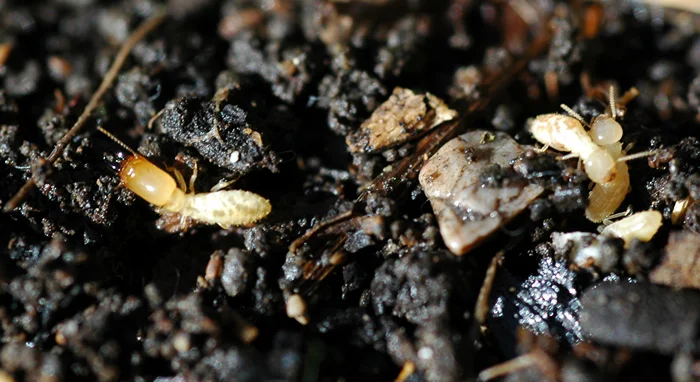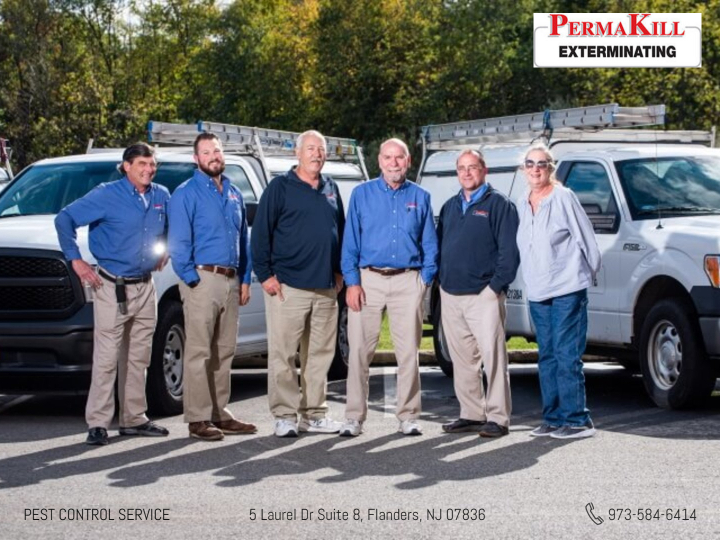


Termites might look and act the same for every property owner, but these pests actually have various species. Dampwood termites and Formosan termites are two of the most common species infesting properties - each has different behavior, appearance, and other qualities. Telling them apart can make a huge difference between implementing haphazard termite treatment procedures and having a strategic pest control plan for the type of colony you have.
So what are the differences between dampwood termites and Formosan subterranean termites? Dampwood termites are brown to reddish in color that are about 9 to 15 mm long with big heads and pincers, while Formosan termites are brownish-yellow pests about 12 to 15 mm long with elongated heads. Dampwood termites are also attracted to damp or decaying wood and don’t nest in soil, unlike Formosan termites that invade the house through wood-to-ground contact.
Dampwood termites and Formosan subterranean termites might both be wood-destroying insects, but they have stark differences that will greatly help property owners identify and handle a termite infestation. They differ by appearance, where they're found, nesting habits, destruction, and signs of damage.
A dampwood termite isn't difficult to tell apart from a Formosan subterranean termite. Dampwood termites can be pretty large, with their nymphs about 9 to 15 mm long, reproductive members around 25.4 mm including the wings, and their soldiers around 20 mm. The nymphs are white to cream in color, while the soldiers are reddish-brown. You can easily distinguish them by their large heads and pincers that comprise 1/3 of their bodies.
A Formosan termite has a lighter color than a dampwood termite. A worker in a Formosan termite colony has a white to an off-white color, but they can be easy to mistake for another termite or pest. That's why pest control experts will usually look at the soldier termite or the Formosan termite swarmers to distinguish the colony.
The soldier termite in a Formosan subterranean termite colony has egg-shaped heads -- soldiers of native subterranean termites have rectangular heads. Like dampwood termite colonies, they also have reproductive members -- Formosan termite swarmers have a yellowish-brown color and are about 12 to 15 mm long. If you catch a winged termite or a swarm of these pests, your property might have a Formosan termite infestation.
Dampwood termites can't live without moisture, so they're usually found in locations with ample dampness. They're pretty common in Western states, like California, Oregon, Idaho, Nevada, Washington, and Montana.
Formosan subterranean termite colonies prefer staying in warmer places. Because of this, they might be common in states like Alabama, Florida, North Carolina, South Carolina, Mississippi, Texas, and other states with similar climates.
A dampwood termite colony usually nests in a damp wooden structure instead of the soil. That's why property owners must always ensure their pipes aren't leaky and their gutters are functioning properly -- water from these might come into contact with your structural wood and become damp, breeding a dampwood termite infestation.
Dampwood termites can also work their way up from your foundations to your roof rafters. Unlike other termites, they don't infest structures with contact with soil. They are pretty tricky to spot because, so seeking a pest control professional can help you identify what infests your property.
A Formosan termite colony will invade your property if the ground comes into contact with soil because they live underground. It tends to make its nest out of frass, excrement, soil, wood, and saliva – these are called shelter tubes or mud tubes.
Between the two, a Formosan termite colony is more notorious when it comes to destruction or wood consumption, being called "super termite" because of how fast they can cause damage and how large they are in a colony. A dampwood termite infestation can take around 3 to 8 years, with as high as 4,000 members in a mature colony.
Formosan termites, also a type of eastern subterranean termite, can have a large colony involving millions of termites. Because of this, they can cause severe damage to foundational structural wood within at least 6 months.
The signs of termite damage done by Formosan and dampwood termites can be similar, but they would still have stark differences. Damage to structural wood done by dampwood termites will appear smooth inside, unlike Formosan termites that create tunnels and galleries. Dampwood termites also don't leave visual signs of termite damage -- they don't make shelter tubes or mud tubes. They also use their excrement as a seal from the outside air.
A Formosan termite colony will create mud tubes from the soil up to the wooden structure of your property. They also build galleries in structural wood, making it easier to spot a Formosan termite infestation than those done by dampwood termites.
Distinguishing the types of termite species, whether it’s a dampwood termite, a Formosan subterranean termite, or even a drywood termite, allows you to have a better idea about what you’re faced with. You’ll have an idea about the best way you can get rid of termites and how to implement termite treatment procedures.
Some ways you can do to get rid of termites, both dampwood and Formosan termites, are:

Telling apart dampwood termites and Formosan termites can help you implement more strategic termite treatment plans and reduce the risks of worsening the infestation. But whether you’re sure of the type of termite infesting your home or not, seeking the services of a pest control professional will still be the better choice because they’re equipped with professional tools and ample knowledge about handling a termite infestation.
PermaKill Exterminating has been one of the trusted experts for staying committed to keeping homes and establishments termite-free. We offer property owners different environmentally friendly solutions and packages as we’re equipped with the most advanced tools and practices for exterminating pests. You can learn more about our services by leaving us a call or getting a free quote on our website.